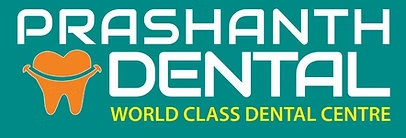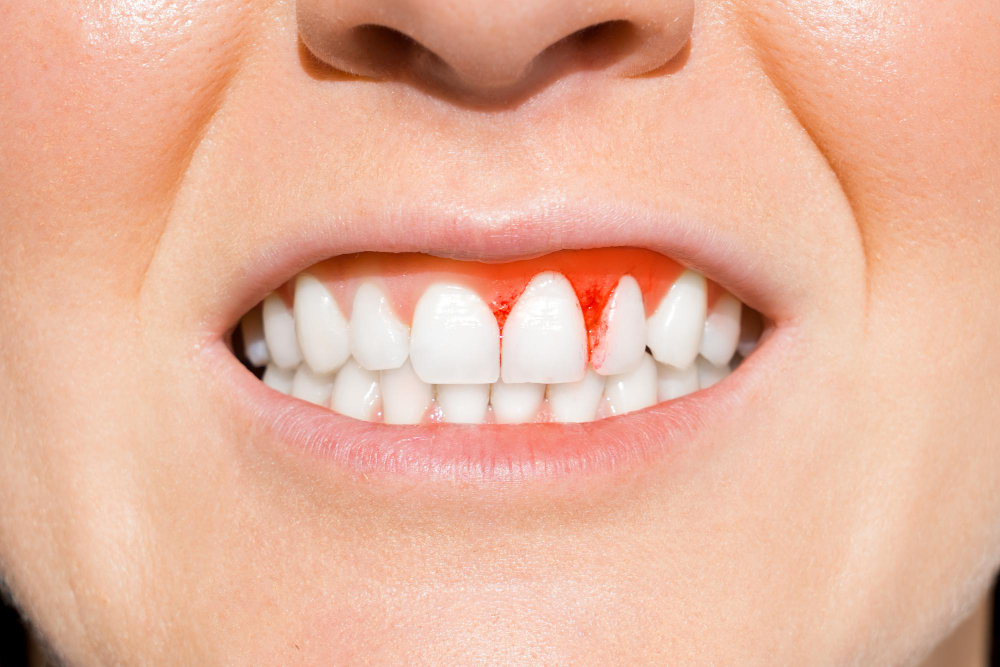What Are Gum Diseases?
Gum diseases are common problems that affect the tissues around your teeth. These tissues help keep your teeth in place. Often, gum diseases start with mild swelling or bleeding. However, if left untreated, they can lead to tooth loss. The most common types are gingivitis and periodontitis. Many people search for gum disease symptoms, how to prevent gum disease, and gum disease treatment. Knowing the basics can help you protect your smile.
Common Symptoms of Gum Diseases
It is important to notice early signs of gum problems. Early treatment can stop the disease from getting worse. Watch for these symptoms:
If you notice any of these signs, you should see a dentist soon. Early care can make a big difference.
Causes and Risk Factors
Gum diseases usually start when plaque builds up on your teeth. Plaque is a sticky film of bacteria. If not removed, it can harden into tartar. This makes it harder to clean your teeth. Over time, this can harm your gums. Several factors can raise your risk:
According to the CDC, gum diseases are more common in adults over 30. But anyone can get them.
How Gum Diseases Are Diagnosed
Your dentist can check for gum diseases during a regular visit. First, they will look at your gums for swelling or bleeding. Next, they may use a small tool to measure the space between your teeth and gums. Healthy gums fit snugly around the teeth. Deeper spaces can mean gum disease. Sometimes, X-rays help show if bone loss has started. Early diagnosis helps prevent serious problems.
Treatment Options for Gum Diseases
Treatment depends on how serious the gum disease is. For mild cases, better brushing and flossing may be enough. Your dentist may also suggest:
With proper care, most people can manage gum disease and keep their teeth healthy.
Prevention Tips and Healthy Habits
Good habits can help you avoid gum diseases. Try these tips every day:
In addition, teaching children good habits early can help prevent gum disease later in life.
When to See a Dentist
If you notice any signs of gum disease, do not wait. Early treatment can stop the disease from getting worse. You should see a dentist if you have:
Even if you have no symptoms, regular dental visits are important. Your dentist can spot problems before they become serious.
Gum diseases can impact your oral health and overall well-being. At Prashanth Dental World Class Dental Centre, our dental specialists provide personalized evaluation and treatment to keep your gums healthy.
Consult our dental experts at Prashanth Dental World Class Dental Centre today for personalized advice on gum disease care!



